yeah, on a FWD you can put it either way. you can on RWD too, but it makes the plumbing more complex. just do it whatever way gives you the simplest pipe work and best clearance.
of a FWD one of your limiting factors is going to be radiator clearance. you could always go remote oil filter for a bit more room.





 Reply With Quote
Reply With Quote



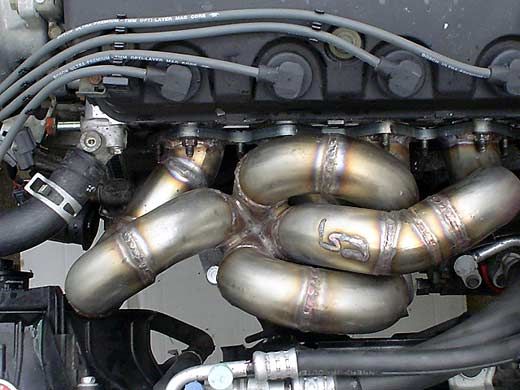
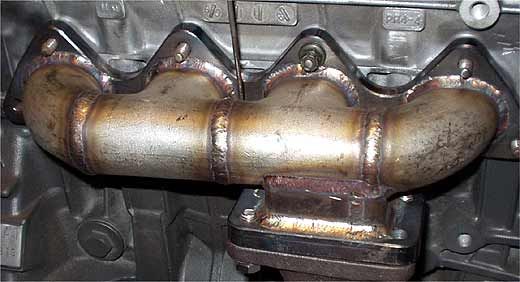
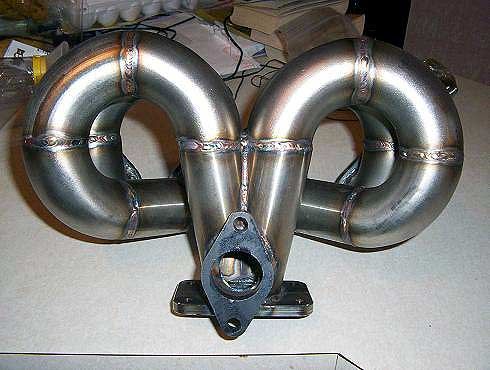
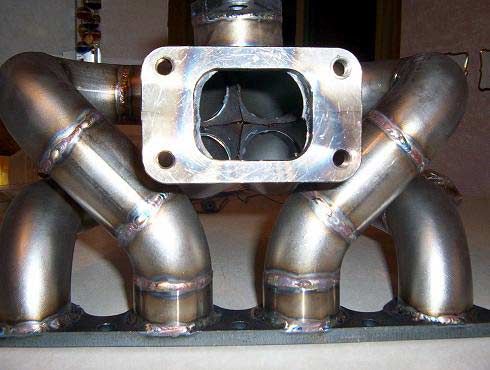
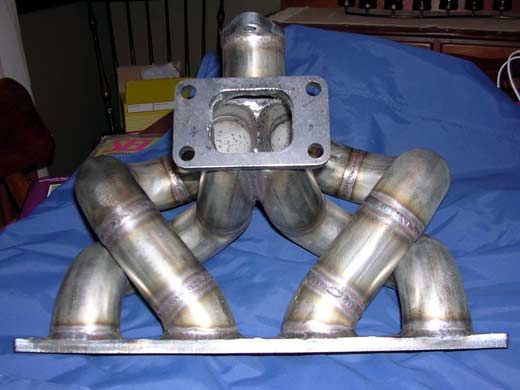
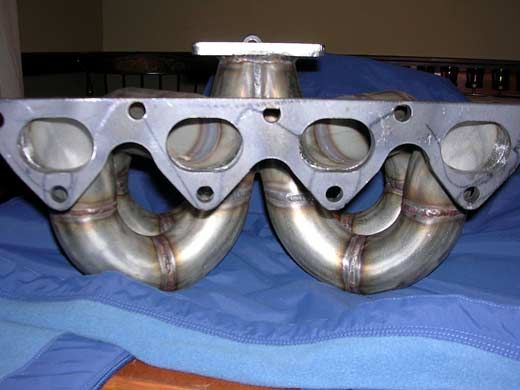
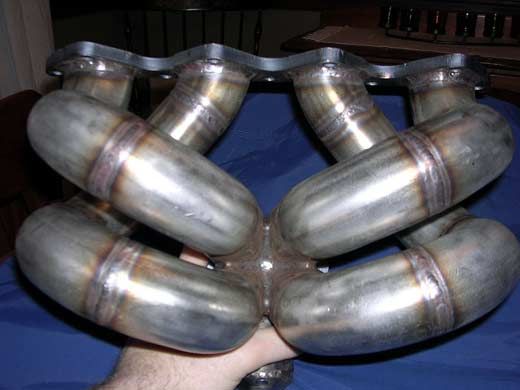
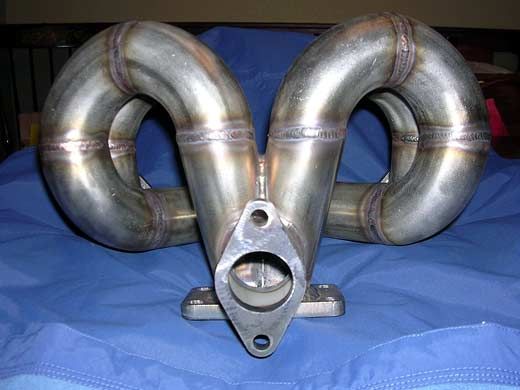
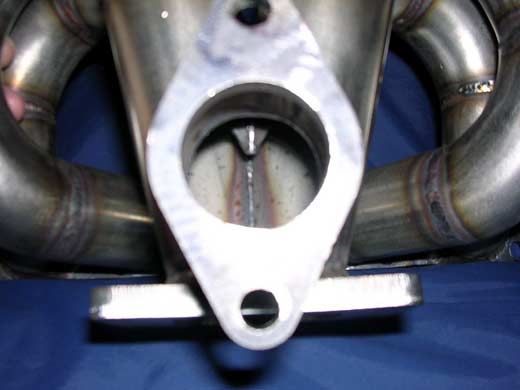
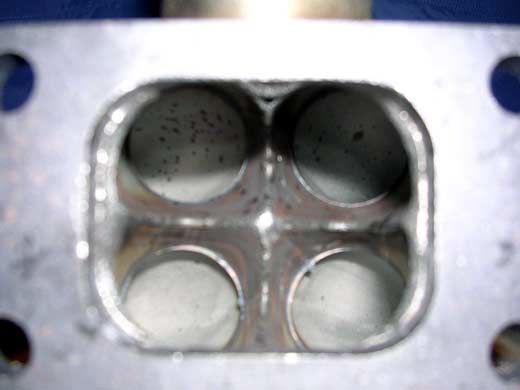
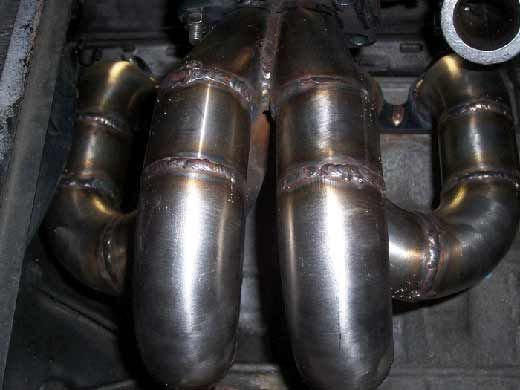


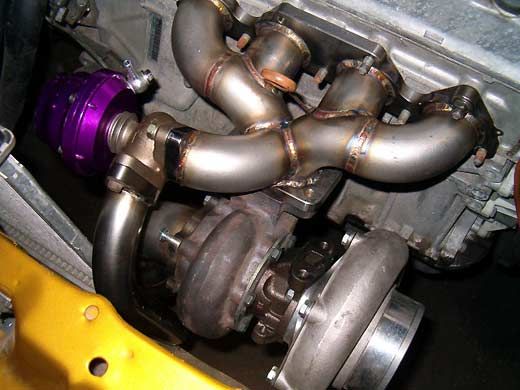


 ????? ( where did you hear that.?????????
????? ( where did you hear that.?????????
Bookmarks